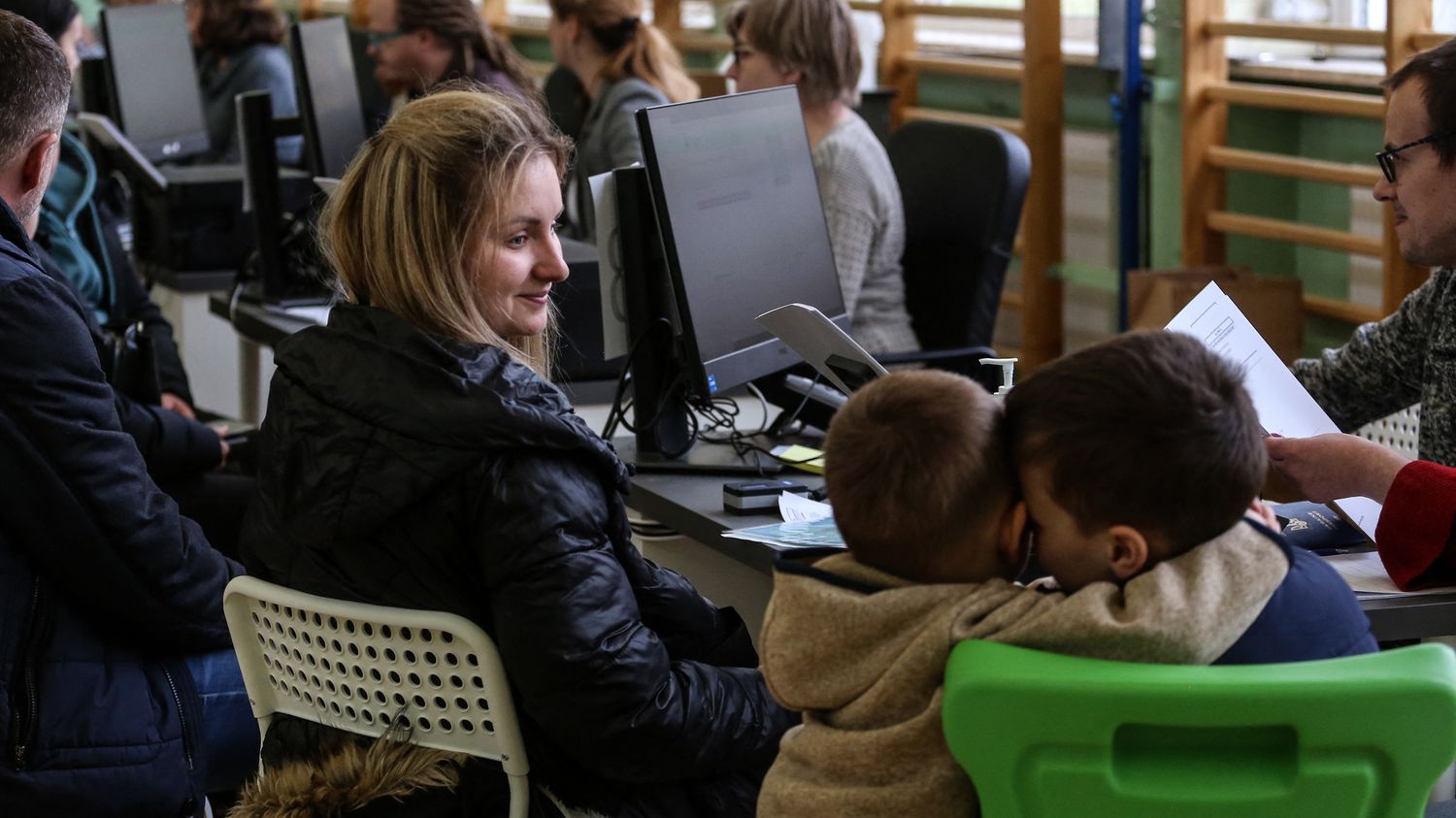Warsaw has notably revised the conditions for paying allowances for refugees, which are now conditional on compliance with new rules at school for Ukrainian refugees.

Published
Reading time: 4 min

Poland is tightening living conditions for Ukrainian refugees in the country. Since the start of the school year, Ukrainian families can no longer receive child benefits if their children do not comply with the new rules imposed in schools. This is a reinforced integration measure, whereas until now, half of Ukrainian children were escaping the Polish school system.
At a Ukrainian school in Warsaw, the start of the school year is a bit unusual this year. The management has decided to partner with a local school to help students integrate into the Polish school system. “For students, this means extra hours of Polish lessons after school, and additional subjects that do not exist in the Ukrainian system,” explains Olena.
“The school is on Polish territory, so you have to integrate into the system, but without going too fast, in the gentlest way possible for the students. And for everyone else, because all this is new for the students, but also for the teachers.”
A gentle way that also suits parents. Thanks to this partnership, their children are registered in the Polish school system: they will therefore continue to receive more than 200 euros of monthly allowance per child.
This conditioning of financial aid was a way for the government to accelerate the integration of young Ukrainians on its soil. In 2023, more than half of them still escaped the Polish school system. Those who did not have access to Ukrainian schools in person continued to follow their school courses in Ukraine, by video, or even dropped out of school completely.
Vyacheslav teaches history and, like all his colleagues, he has taken up Polish and adapted the curriculum of his course. “From time to time we mix Ukrainian and Polish history, because there are very important periods of Polish history that our students also need to know. At the moment, I only give them some elements of the lessons in Polish. But the children and their parents need to understand that everyone who lives here has to integrate into society. This is not negotiable.” According to the Ministry of Education, 60,000 to 80,000 Ukrainian students were expected to attend Polish schools at the start of the school year.
In February 2023, one year after the start of the war in Ukraine, 16 million entries were recorded into the territory of the European Union from Ukraine and Moldova. Since then, according to figures provided by the European Commission, around 11 million Ukrainians have made the journey in the other direction. In total, there are now between 4 and 4.5 million who have settled permanently in Europe.
There are very strong disparities between member states. Poland, which with 900,000 Ukrainian refugees, currently ranks second in the European Union, just behind Germany, which hosts nearly 1.2 million. If we compare the number of refugees to the population of the host countries, Poland, the Baltic States, the Czech Republic, Slovakia and Bulgaria also come out on top, with around 25 refugees per 1,000 inhabitants.
For France, the figure is only 1 in 1,000, with 65,000 people welcomed. The country had planned to welcome 150,000 Ukrainians, double the number of people currently in France. But the distance from Ukraine, the language barrier, among other things, mean that France has remained unattractive to these people who fled the war.
